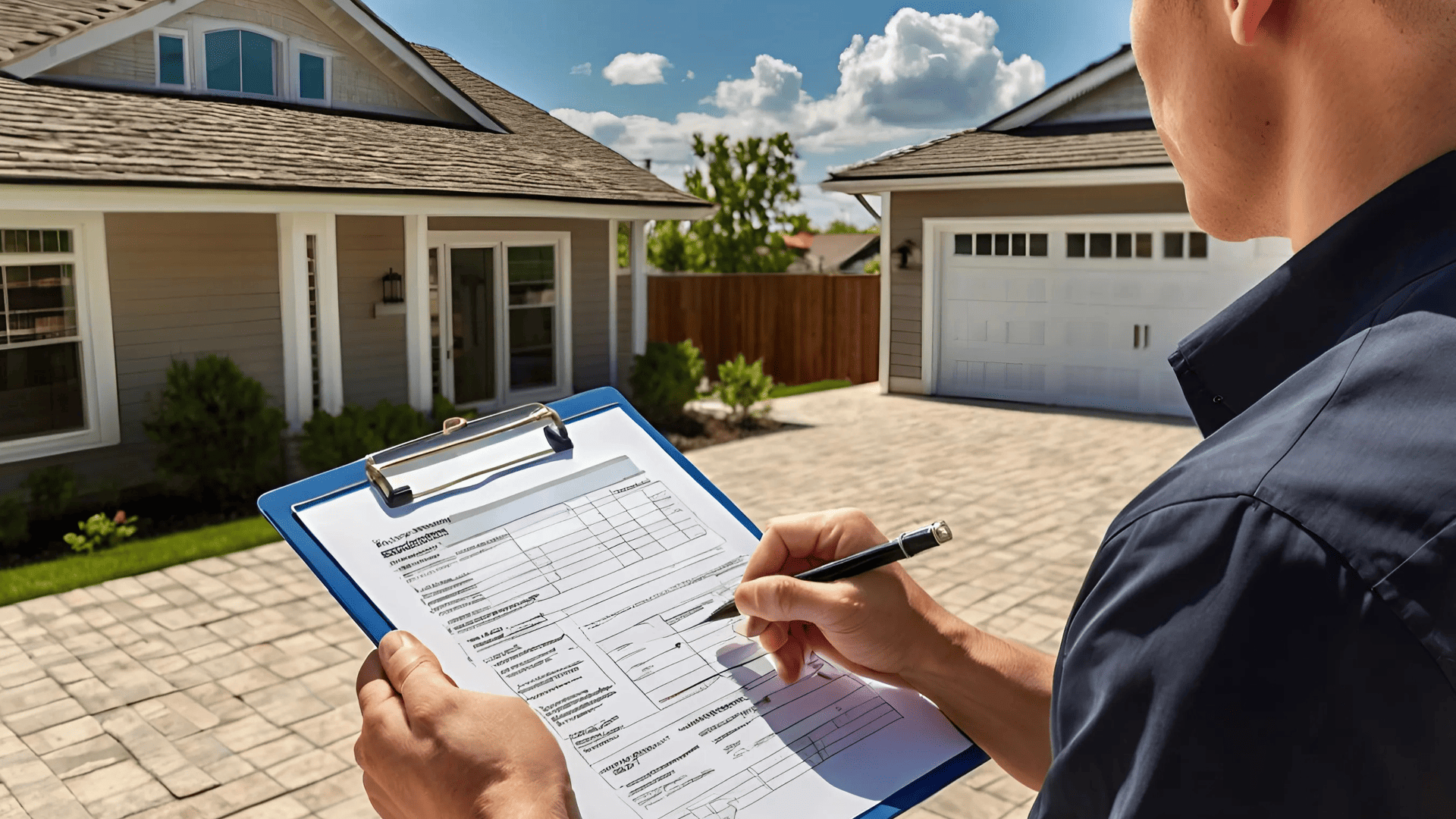Frequently Asked Questions

DPC Membrane
Damp Proof Course (DPC) Membrane is a barrier, which generally consists of plastic, bitumen, or something similar, which is put in place to keep damp out of a building, which can otherwise cause extensive damage and is costly to put right.
We mentioned the use of plastic earlier. To be more precise, it is usually polyethene or polyvinyl chloride (PVC) which is involved, although it can sometimes be bituminous felt that is chosen. Occasionally, metals like lead or copper will be used.
In London, with a water table higher than average to contend with, the membrane is extremely important, especially in those sites that construct buildings with space below ground level. The membrane protects it against issues like rising damp, mould growth and potential structural damp
Yes, it is. The DPC is generally a horizontal barrier inside the walls to prevent damp from becoming an issue, whereas the DPM is a sheet laid underneath the concrete base, which stops moisture from rising, forming a good barrier against issues such as rising damp.
Fortunately, those who choose the installation of a DPC membrane carried out by London Damp Proofing will be provided with a long-term guarantee. Older installations can fail over time through their age or sustaining physical damage, or when choosing the wrong team, they can be prone to faulty installation.
The telltale signs of damp include water stains on a wall, peeling wallpaper or paintwork, which might have bubbles in it. White salt deposits are something else to look out for, along with strong musty smells and visual signs of damp and mildew.
This can depend on the regulations and requirements of the building, but usually, you can expect a DPC membrane to be between 0.5mm and 1.5mm.
Yes, retrofits are possible when you choose our team, as we embrace technology and use the latest tools and equipment. DPC injections are one method that we might use, as well as using electro-osmotic systems or installing physical membranes.
It is unusual for a UK modern construction to be passed without having a damp proof course as part of its makeup. The installation of a DPC membrane is a proven way to prevent moisture ingress.
Mould Survey
It means that a professional team, such as the one we can provide at London Damp Proofing, will arrange a free home inspection and offer a rapid diagnosis as to the situation. We will detect the mould and mildew, identify the cause, and then get to work to get rid of it.
Sometimes, a musty smell might be evident in the home, particularly when opening a door after being outside, requiring something to be done about it. Visible signs of the fungus are another indication that a survey is needed, as otherwise, it can lead to health issues for those who have respiratory conditions.
It is indeed, as mould and mildew can grow behind walls, in ventilation systems, and under the floorboards. That’s why it is recommended to call us on 020 8226 6330 so that we can use our high-tech equipment to identify it before it leads to major issues.
When they are exposed to mould, they can begin to cough and wheeze, while suffering allergic reactions, as well as fatigue and headaches. Vulnerable individuals are particularly at risk.
Undoubtedly, as it provides peace of mind to those selling and buying and can see the best asking price being agreed upon.
Moisture from condensation is a major factor which contributes towards mould and mildew thriving. Poor ventilation and flooding are two ways to provide them with the ideal environment in which to spread.
Moisture meters, thermal imaging, and air sampling might all play a part, as our professionals in these matters will assess the situation before delivering a rapid diagnosis and onsite estimate as to the cost of preventative works and their recommendations to eliminate further issues.
Yes, there is. A damp survey concentrates on identifying the sources of moisture that are causing the problems, which can lead to structural issues. Alternatively, a mould survey will focus on assessing the presence and type of mould, along with the health risks which they pose.
Mould can grow out of sight, which will be missed by those who clean the surface of the signs. It can be below floors or behind walls, which needs a specialist survey to identify to prevent further problems from ensuing.
100% follow the advice of the experts who delivered the survey and have the work attended to so that the issue doesn’t return, while also looking at ways to improve ventilation in the home.
Damp Repair Services?
Damp repair services will include the identification and treatment of any moisture-related issues in your home when carried out by our experts at London Damp Proofing when you contact us on 020 8226 6330.
It may be because your property has water ingress, which will lead to huge problems later if not addressed promptly and soon. You may have poor ventilation or a previous damp proof course that has failed and requires a proper investigation and assessment from our reliable team.
The telltale signs that a property has damp are the strong musty smells, sightings of mould and mildew, and peeling of wallpaper or bubbles in the paintwork. What we call in the trade a tide mark could appear on the wall owing to rising damp.
It certainly can, especially to those suffering pre-existing conditions, as as those with respiratory issues such as asthma. Allergic reactions can also be triggered, aside from a building with a humid environment is not nice to spend time in.
Yes, which is why it is so essential to ascertain and sort out. Damp can weaken walls, any timber in the property, as well as corrode any metal. It is extremely serious regarding structural integrity.
Damp is not always visible, which is why we recommend a free home visit to look at older buildings which could conceal the signs below floors. Our high-tech equipment will find any issues.
Because there are various types of damp, we want to identify what we are dealing with before work gets underway. Our vast experience and knowledge help, as does embracing technology to deliver results, to put together the best repair strategy.
Anything. We can address rising damp and put together a plan to stop it returning, along with penetration damp, as well as condensation, and roofing repairs owing to leaks and missing tiles.
Not when we at London Damp Proofing carry out the necessary work, which comes with a long-term guarantee to provide peace of mind. We provide transparent and competitive pricing so that our customers can say goodbye to damp in their homes.
Immediately is the best course of action. We will arrange a visit within two working days to ensure that the issue can be dealt with before it creates major problems. This will reduce the cost of the repairs and ensure that those who live in your house are in a healthier environment.
Storage Basement
Storing goods, personal possessions, or equipment is likely to have a high monetary and emotional value, which means that they need protection in a reliable storage facility free of damp. Damp can damage the structural integrity of the building and allow mould and damp to damage items.
In London, groundwater infiltration is more likely owing to the city being built on clay and its higher-than-average water table. Rising damp is not uncommon in basements, while leaks from external sources are also problematic, as is rainwater, which creates penetrative damp.
The damage to goods in the basement can be costly, especially if expensive items like books and wine are kept down there. It’s a great reason to contact us at London Damp Proofing to eliminate issues, including damp and mildew growth.
Absolutely! Keeping moisture at bay is essential for those who wish to retain the structural integrity of their property, as the damp proofing keeps moisture at bay. Otherwise, it can form cracks in walls and weaken the foundation.
Our expert and experienced team are likely to carry out processes which include external waterproofing, installing internal tanking systems, sump and pump installations, and chemical damp proof courses.
Hidden moisture, as its name suggests, is not visible and can still be causing damage and potential health issues. Rather than waiting for damp to appear, it is far more cost-effective and easier to have the work carried out immediately.
The regular and obvious signs of damp in a basement are water stains, strong musty smells, white salt deposits, and visible signs of mould and mildew, which look unattractive and pose health issues, especially in a humid atmosphere.
Most certainly, as good ventilation controls the levels of humidity, which adds to the previously listed issues. This reduces the chances of condensation as well as creating a healthier and drier atmosphere with added protection to stored items.
Anyone looking to sell their property can benefit greatly when they ask our reputable team at London Damp Proofing to carry out the job. They will receive a better price as they can point to evidence of the completed work, with buyers having peace of mind that all is OK.
Those who carry out a DIY job are only masking the problem before it returns. The professionals provide a long-term guarantee with their completed jobs by using the best equipment and materials.
External wall damp treatment for basements
London properties must contend with an above-average high water table, as well as the factors faced in other locations. Basements are especially prone to damp, caused by damp soil being next to external walls. External treatment protects against water penetration.
Those properties that have poor drainage often end up with damp issues, along with high groundwater levels. Cracks in the foundation of a property, as well as hydrostatic pressure and failed or missing waterproofing membranes, are other causes.
We, at London Damp Proofing, are likely to recommend external waterproofing once we complete a free home inspection. This can require excavation to take place, and the application of a waterproof membrane, while an additional drainage system may also be required.
The most used materials include liquid-applied membranes or bitumen-based coatings. Waterproof sheeting will also likely play its part, as well as cementitious waterproofing on occasions, and drainage boards. Once our team have assessed the situation, we will know for sure.
No. Rising damp is another issue altogether, which is prevented by the internal installation of a damp proof course (DPC) to get to the root of the problem, whereas external treatment targets aim at preventing penetrating damp and lateral moisture ingress.
Yes, in most cases, our team, which can be contacted on 020 8226 6330, require exposure to the foundation walls to do the work properly by applying waterproof products. The installation of proper drainage also requires access so that water can be diverted away.
A French drain collects groundwater and then redirects it away from the foundations of the building so that hydrostatic pressure is reduced, and the risk of water seeping through walls is minimised.
They can assist, but they are unlikely to provide a long-lasting cure. Our completed work comes with a long-term guarantee to provide customers with peace of mind and includes membrane systems alongside proper drainage to deliver the best results.
Anyone who puts their faith in the hands of the family-run London Damp Proofing will be provided with a 30-year guarantee. That ensures that there are no further costs due anytime soon, and that those who are looking to sell will see their property value rise.
Those with properties in severely affected areas, such as London, will find that having both sets of work done is invaluable, so that they receive comprehensive moisture control and protection, as well as saving on the inconvenience of having the work done separately.

